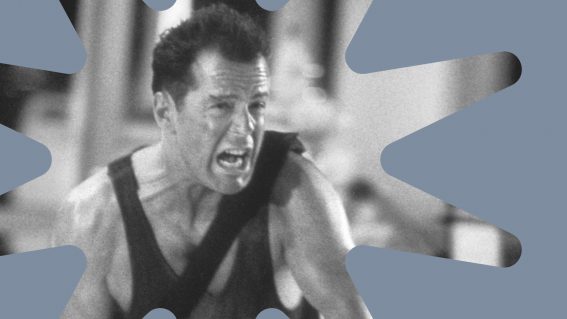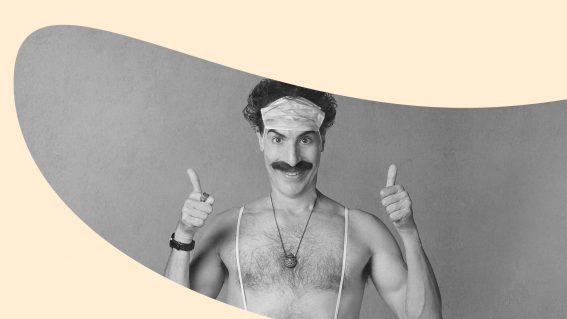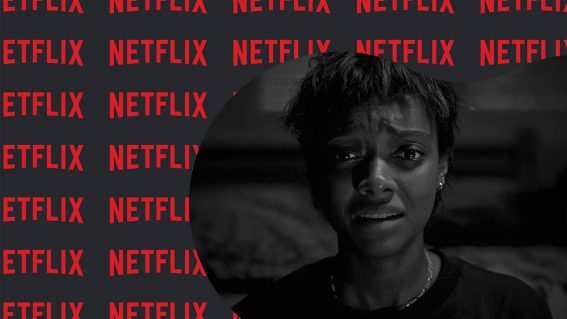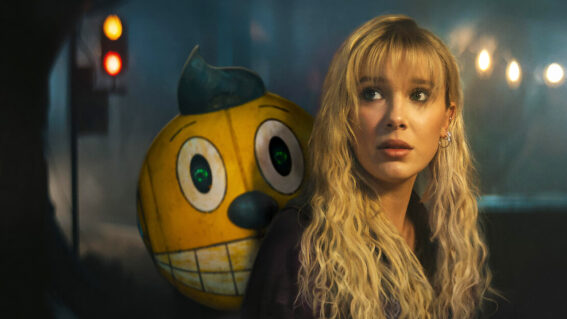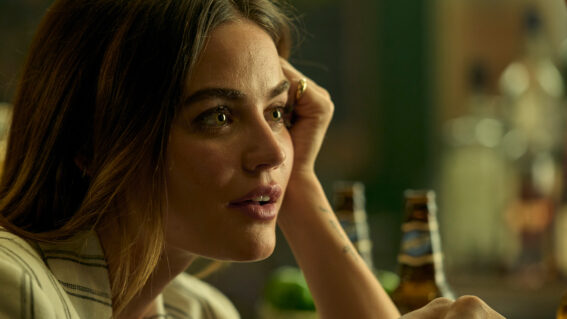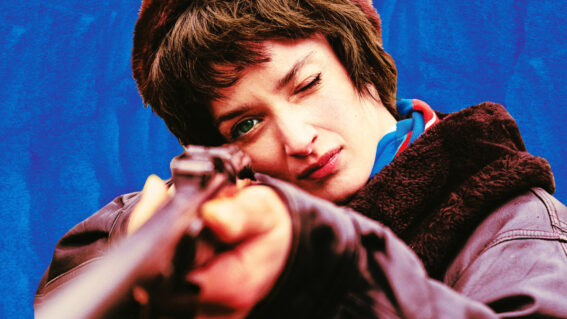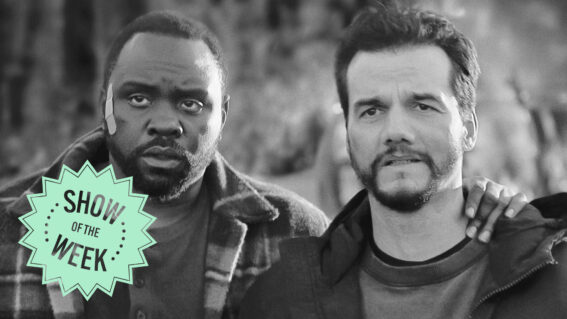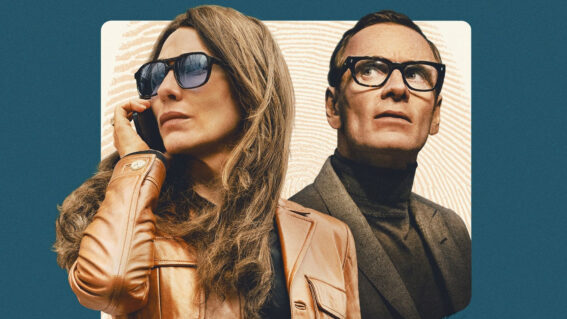Once Were Warriors director Lee Tamahori on his new historical epic The Convert
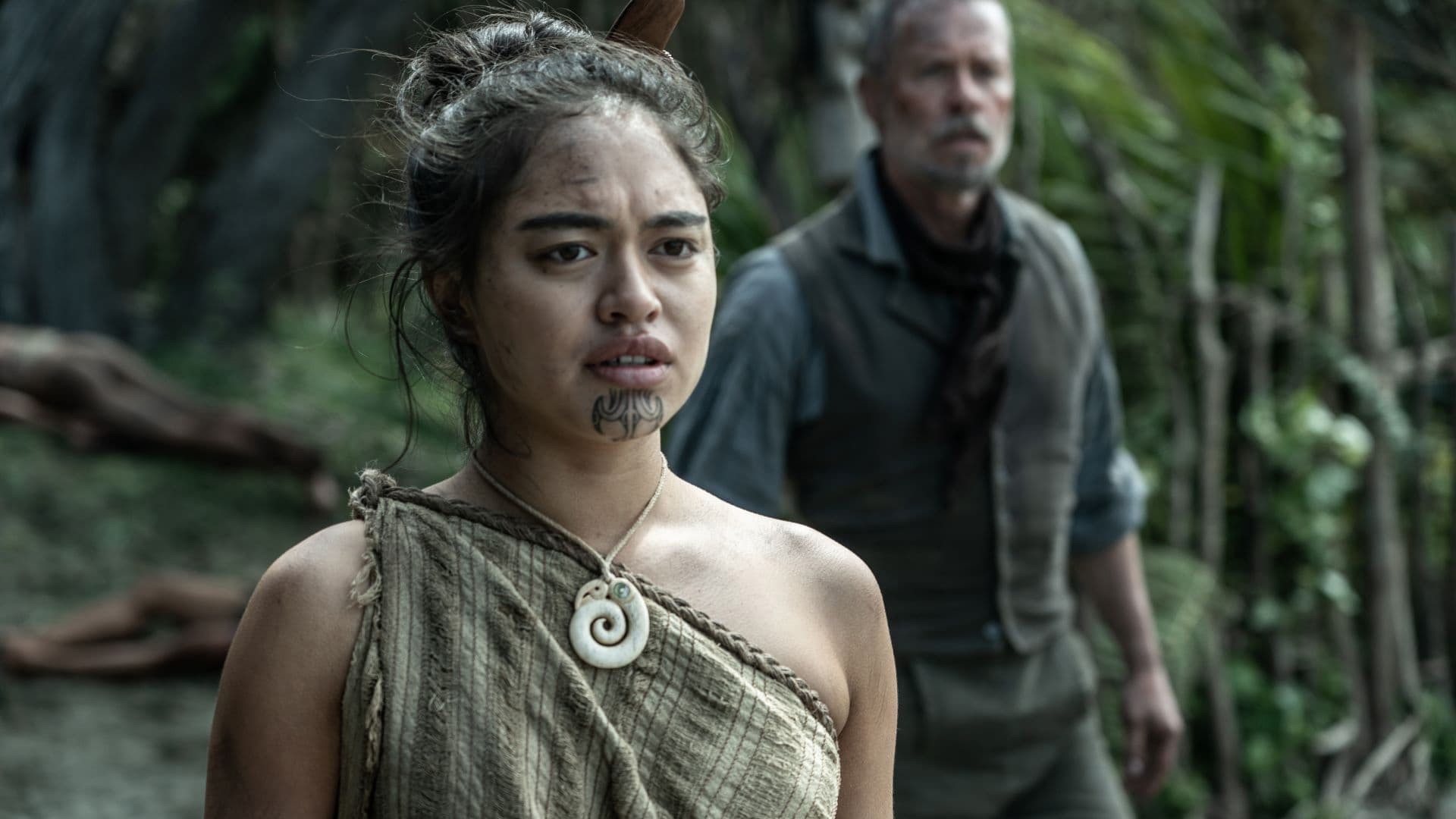
Lee Tamahori and Robin Scholes’ great filmmaking partnership continues with The Convert, set in 1830s Aotearoa. Steve Newall talks with the esteemed pair about their new film – and their shared history.
“I’ve always told myself, even before I started making movies, that I wanted to make three films in New Zealand, minimum. I didn’t want to make a lot more, but if I made three films in New Zealand, they better be good ones because it’s my home audience. It’s my patch”.
Lee Tamahori has enjoyed a great partnership with producer Robin Scholes, one that’s responsible for all of his films set in Aotearoa. Yes, there are three of them—and yes, they’re good ones. The cinematic relationship between Tamahori and Scholes roared into life with the explosive Once Were Warriors in 1994, continued with 2016’s Mahana, and now The Convert—a historical action drama taking place in the 1830s, starring Guy Pearce and Tioreore Ngatai-Melbourne.
Once Were Warriors was the first of three properties based on novels or literature that Scholes would make with the director, at a time when neither of them had made a feature film before. “That was our first outing to discovering how we could work together,” says Tamahori.
When Once Were Warriors began its journey, the pair were both already successful in their own right on the smaller screen—Tamahori with Flying Fish and Scholes with Communicado. “We both had very successful companies that we were directors of and created,” Scholes says. “I was pumping out masses and masses of TV shows that I conceived and wrote, treated, funded, all of those. So we were both very competent in our own fields, and that served us well, because we could bring resources we had from our respective companies to help with the low budget.”
Tamahori describes his producer as “just tenacious” in getting what he needed for Once Were Warriors, a film with ambitions beyond its budget. Scholes highlights hitting up Lion Nathan for copious crates of beer (used to pay people as well as onscreen props) and a Saatchi & Saatchi ad campaign as canny freebies they used to stretch meagre production and marketing budgets.
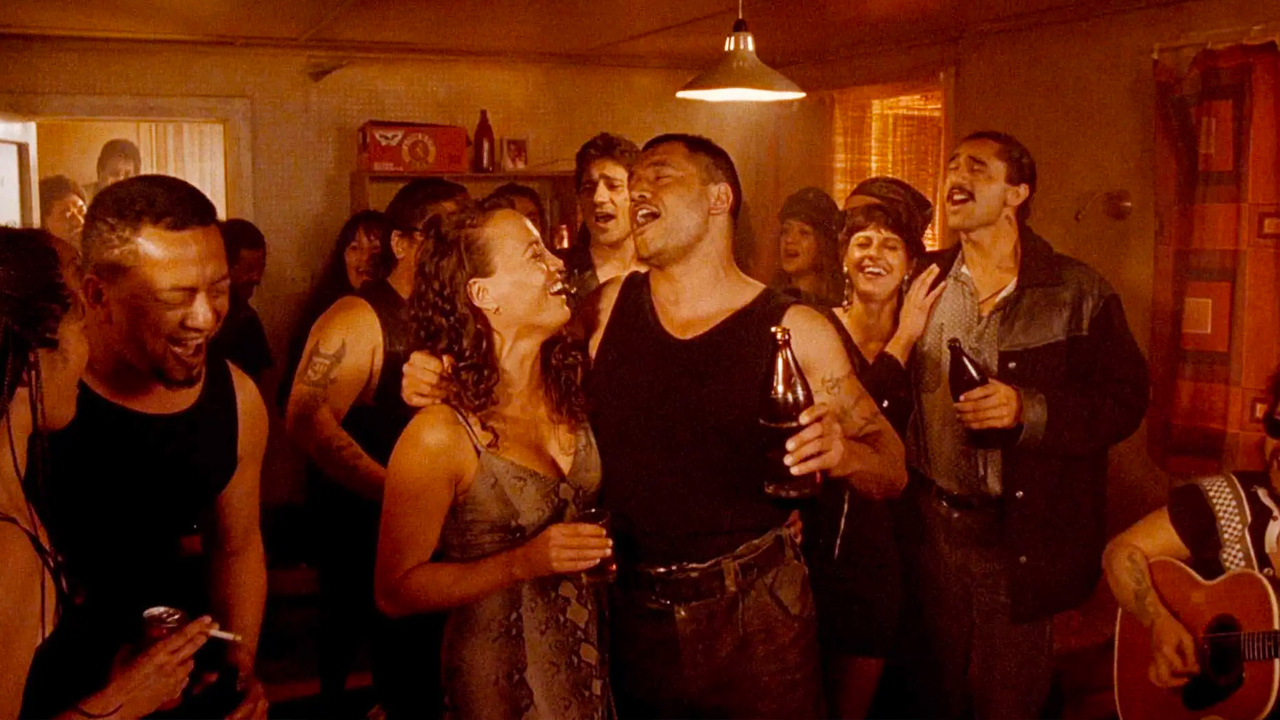
But something happened before this nascent partnership really got going, one that would repeat with The Convert—Tamahori initially saying no. “Two out of three of these movies I didn’t want to make,” Tamahori says. “I told her that first a long time ago—Once Were Warriors would not make a good film. It’s just too savage and brutal for anyone to go and see it… Proved myself wrong.”
Conventional wisdom had suggested Once Were Warriors author Alan Duff ought to be the one to write the screenplay, because he was the original voice and the film’s authenticity was crucial. Scholes paired Duff with a writer, a process that resulted in a 200 page volume. “I had my doubts about it,” she says, but gave it to Tamahori, “and Lee thought it was terrible”.
Of course, Tamahori went on to decide he did want to join up, and brought in playwright Riwia Brown. Over a weekend, they holed up in a little office at Communicado, put butchers paper around the room, and plotted what became the structure of Once Were Warriors. “Basically, he said, it’s got to be the woman’s story,” Scholes recalls. “And so that is what I learned—he’s got a great sense of story.”
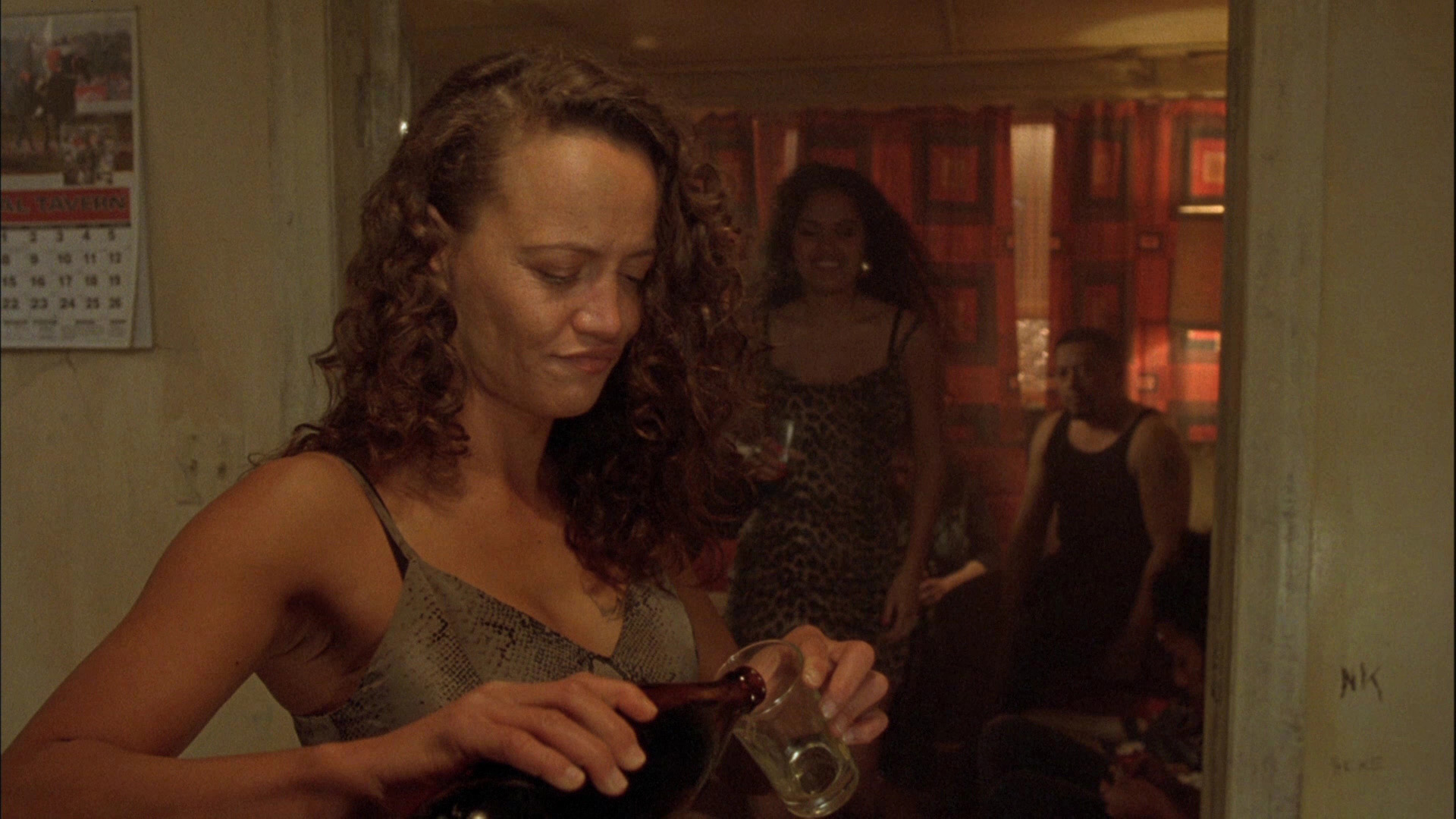
That discovery proved crucial with The Convert, as did Scholes’ powers of persuasion—Tamahori says he had “to be dragged kicking and screaming” to make this latest film. “When Robin first brought me the material, I said I’m not interested in this because it’s about a religious figure,” he tells us. “Almost a religious zealot—and I have no time for those people in life or in drama.”
When challenged about what he would to do to fix it, to make it a more appealing proposition as a director, Tamahori got to work. Once they’d thrown ideas around and agreed on them, the way to go forward presented itself. Then, as Tamahori wryly puts it, “I found I’d trapped myself, yet again, making a film I didn’t want to make.”
“The most important thing was to see if Lee wanted to do this story, a story set in this period,” says Scholes, and Tamahori confirms he didn’t want to dabble in this era: “I don’t want to delve back into the era of kings and queens of Europe, kings and queens of anywhere from the 16th century, because they all talk in stilted fashion, walk along corridors and saying ‘what have thee’ so I tend to avoid them. Because I don’t know the territory very well.”
Despite this, Tamahori saw The Convert as a fascinating story for two reasons. “I know now that Christianity entered into Māori culture in a massive way, and either fucked them up or saved them from themselves,” the director says. “Not that there was a genocide going on, but once muskets were introduced in the early 18th century, it was on the cards that this culture may wipe itself out—because they’re so bellicose, so warlike with very ancient tribal structures, where you just defend your village and your people, and sometimes form alliances and go and smite your enemies.”
The results of the Musket Wars, colonialism, land theft, and deprivation of Māori are evident today. But Tamahori also acknowledges the resurgence of the Māori language in the 1970s and 1980s, and the recapture of Māori culture by a younger generation in the early 21st century, seeing The Convert as an opportunity. “I thought, this is a history of us that we know nothing about other than what church missionaries Kendall and Williams and the others wrote. They’re writing about a culture that was pagan to them, and they don’t understand it at all—but some of them went a great distance to try and understand it,” Tamahori says.
“And the rest of us don’t understand it either. The rest of New Zealand—Pākehā New Zealand, European New Zealand, and a lot of Māori—don’t understand the origins of all this, when you come across a culture that’s hidden away at the bottom of the world, isolated.”
Just as Māori may have been getting used to seeing sailing ships on the horizon—or at least not finding their presence such a strange feature anymore—suddenly they were introduced to muskets and gunfire. Tamahori wondered what that must have been like, and with only Māori oral history, the few captain’s logs, and the tales of missionaries to go on, the more he got into it, the more fascinated he was.
“I thought it’s a little bit metaphorical in a way, this period. Māori outnumbered Pākehā 300 to 1 at that stage. That’s an unusual thing in New Zealand film or New Zealand society. Normally it’s the European cultural group that dominates through colonialism wherever they go, and New Zealand is no exception. But this period was tens of thousands of Māori at war with each other and Europeans hanging on to a scrap of land. It sort of got to me.”
“I got more and more fascinated with that period, and what it meant, and what muskets meant,” Tamahori continues. “My own iwi Ngāti Porou was decimated by Ngā Puhi raids and I’m supposed to carry on belligerent utu through the rest of my life, and my children’s lives. I say, ‘No, I’m not going to have anything to do with this. I’m not going to harbour grudges against a tribe because they got more guns than we did.’ Had we got them first, we probably would have done the same thing in reverse. It’s just a fascinating period.”
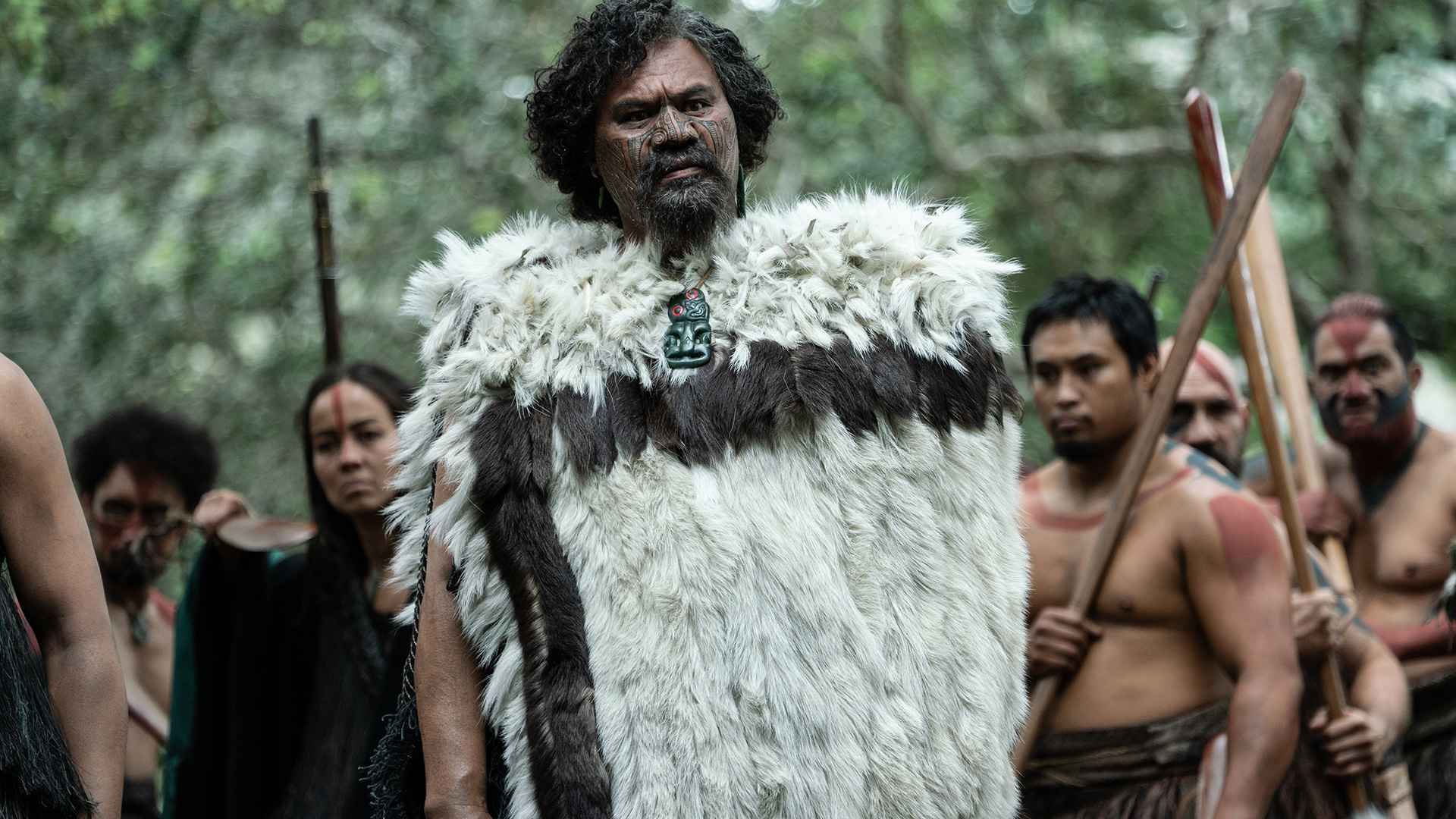
While the film is as historically accurate as possible, Tamahori also describes it as a fiction, one that set him free to be able to say things and do things that probably didn’t exist: “But no one can say that it wasn’t that way.” It’s not the story of Te Rauparaha or Hongi Hika, Tamahori tells us, though characters in the film are informed by both of these real people. “I thought, we can be as accurate as we can about this period in time, but at the same time, we can make stuff up,” he says, “because our story is not a history lesson.” But always underpinning the storytelling was a rich vein of cultural and period accuracy.
“The other huge asset we had was Brad Haami, who’s a historian, but also a pioneer filmmaker in bringing Māori stories to the screen,” says Robin Scholes. Co-writer, co-creator, and co-producer of the award-winning anthology series Mataku, Haami had read the other source of information from the period—the writing of chiefs in Te Reo—as well as being informed by Pākehā accounts. According to Scholes, Haami was a great source of knowledge. “Right from the get go, he set up the fictitious whakapapa for the tribes,” Scholes explains. Connected by an incident in their past, it explains why they’re at odds with one another today, and how that impacts on the individual characters seen in the film.
“Specifically for Māori, it’s really important if you’re going to be portraying a character, you’ve got to know who that character is and where he’s come from,” says Tamahori. “Who his ancestors were, what was his mountain, what was his river… And it was brilliant, what Brad wrote.”
“It was very authentic because in my own whakapapa I go back to Ngāti Porou,” Tamahori elaborates. “And it doesn’t matter whether they’re Tainui or Arawa, they’ve all got the same stories. There’s a schism in the family and it splits, the brothers fall out with each other and end up going to war with each other. One cleaves off from the family structure, goes and starts their own hapu somewhere else in the country—then it ends up with this long enmity. The way we went with it, was to completely always approach it from the same authenticity of those fictitious characters.”
The need for realism stretched into all areas of the film, Tamahori tells us, including its impressive action sequences: “The first thing I wanted to nail down—is it authentic that women would fight in combat with men? Are we making this up and we’re gonna look like fools?” The answer was no, not at all—women were warriors. The Convert depicts women as being able to fight in physical combat, but doesn’t treat them as superheroes with heightened levels of fake action. As we see in the film, the result is more genuine-feeling combat, that carries with it urgency and uncertainty alongside proficiency and deadliness with patu and other weapons.
When it came to casting—“which can make or break a film at any stage”—Tamahori went out to two men who he calls his “usual associates”: Temuera Morrison and Cliff Curtis. Tamahori tells us they were both busy or they didn’t want to do it, or they’d been there before. That pushed him into a corner: “OK, I can’t depend on my bros”.
In the end, Antonio Te Maioha and Lawrence Makoare both demonstrate their worth on screen, but Tamahori’s trickiest challenge was in who played Rangimai. “It had to be someone refreshing, someone pretty new, and she had to be young,” Tamahori says. “And she had to be able to act.” Tioreore Ngatai-Melbourne fit the bill and excels in the role, with Tamahori noting her kapa haka experience and fluency in Te Reo.
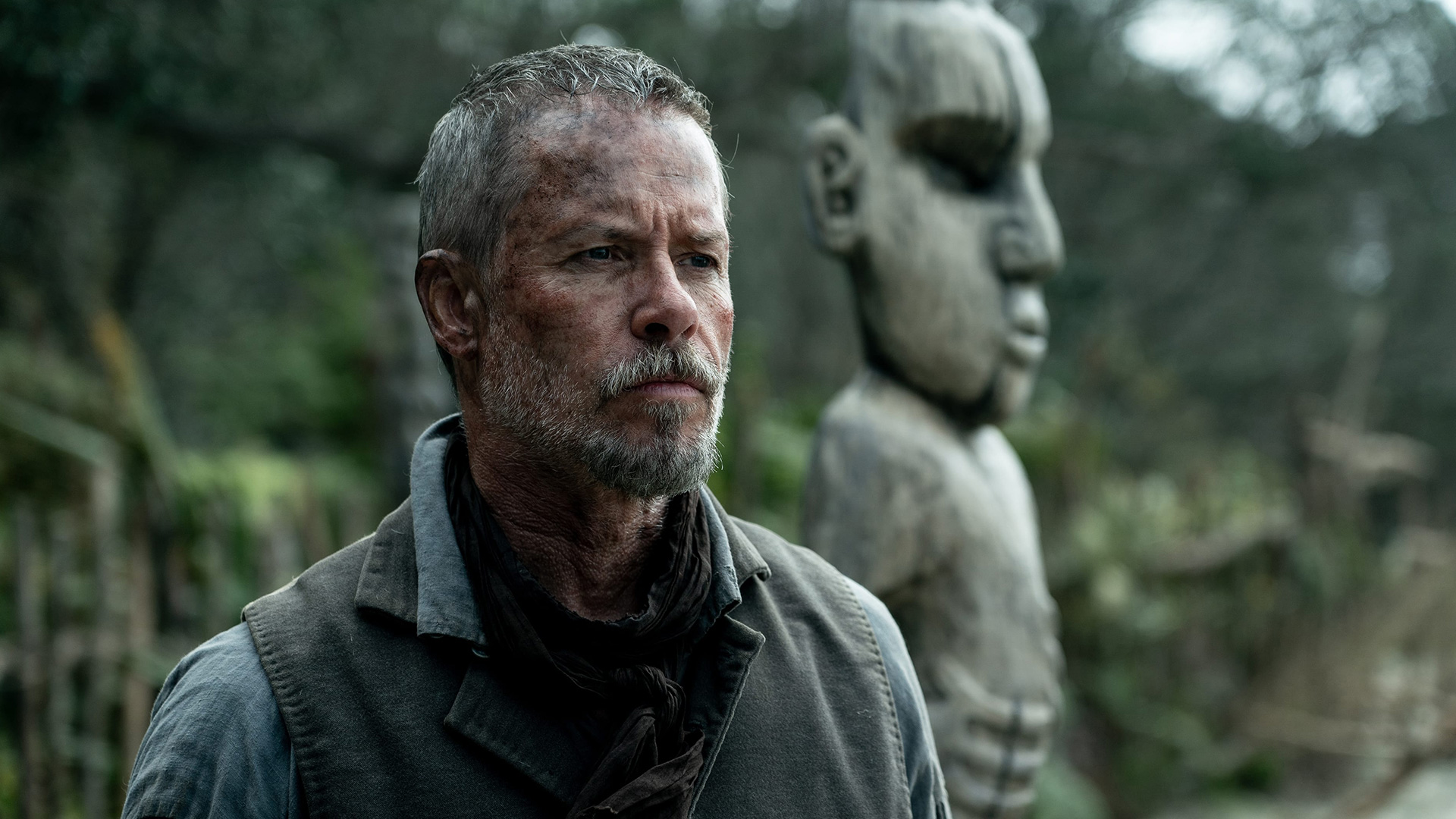
Then there’s the character of lay preacher Thomas Munro, who’s sailed to New Zealand to minister to the first British colonists. “From the moment I decided to do this as a movie, Guy Pearce was always the number one on my list, we’d spoken years ago about working together,” Tamahori tells us. “We finally got a chance to do it, and COVID came along and knocked us back.” Tamahori and Scholes spent a year looking for another Guy Pearce at a time no agents would let their actors come to New Zealand to film.
“We were told to give up on him actually,” recalls Scholes, “because we were told that a particular part of our funding had a limited timeframe. As it turned out, that proved to be not correct. But for a moment in time, that was the reason we had to pursue other options.” Tamahori agreed with Scholes’ suggestion to postpone production for a year, which allowed him to keep refining the script. “And then we got Guy.”
Once the film was cast, the pieces were put together, and shooting got underway, The Convert was a unusual experience for Tamahori and his cast and crew. “You work on films, you work and earn your wages and move on,” he says “But this one’s pretty special because everyone had a dog in the fight somewhere. If you’re Pākehā, European, you know what that character you’re playing is, especially if you’re coming from England or UK in some way. If you’re Māori, you had to know what that character was as well. And so people really embraced that.”
Scholes agrees. “It’s interesting, because there’s that whole sense that people had of telling a New Zealand story of scale,” she says. ”Most of the stories that people now work on now, they upskill—which is excellent—but they’re not New Zealand stories.” As Scholes heard from the crew, that’s an opportunity they’d like to have more often.
The Māori crew members, of whom there were many, would sidle up to Tamahori one by one during the production, he recalls: “They’re all young, and they’d say ‘it’s really important that we get this thing right. Because this is our culture, our story. We’re really pleased to be working on because we’re seeing our ancestors in action’. It’s a uniquely Māori perspective on it. They’re proud of their ancestry and proud of their tīpuna who gave their lives—or didn’t.”
“It’s a pretty unique thing. It’s pretty touching, actually.”
This interview has been edited for length and clarity.





